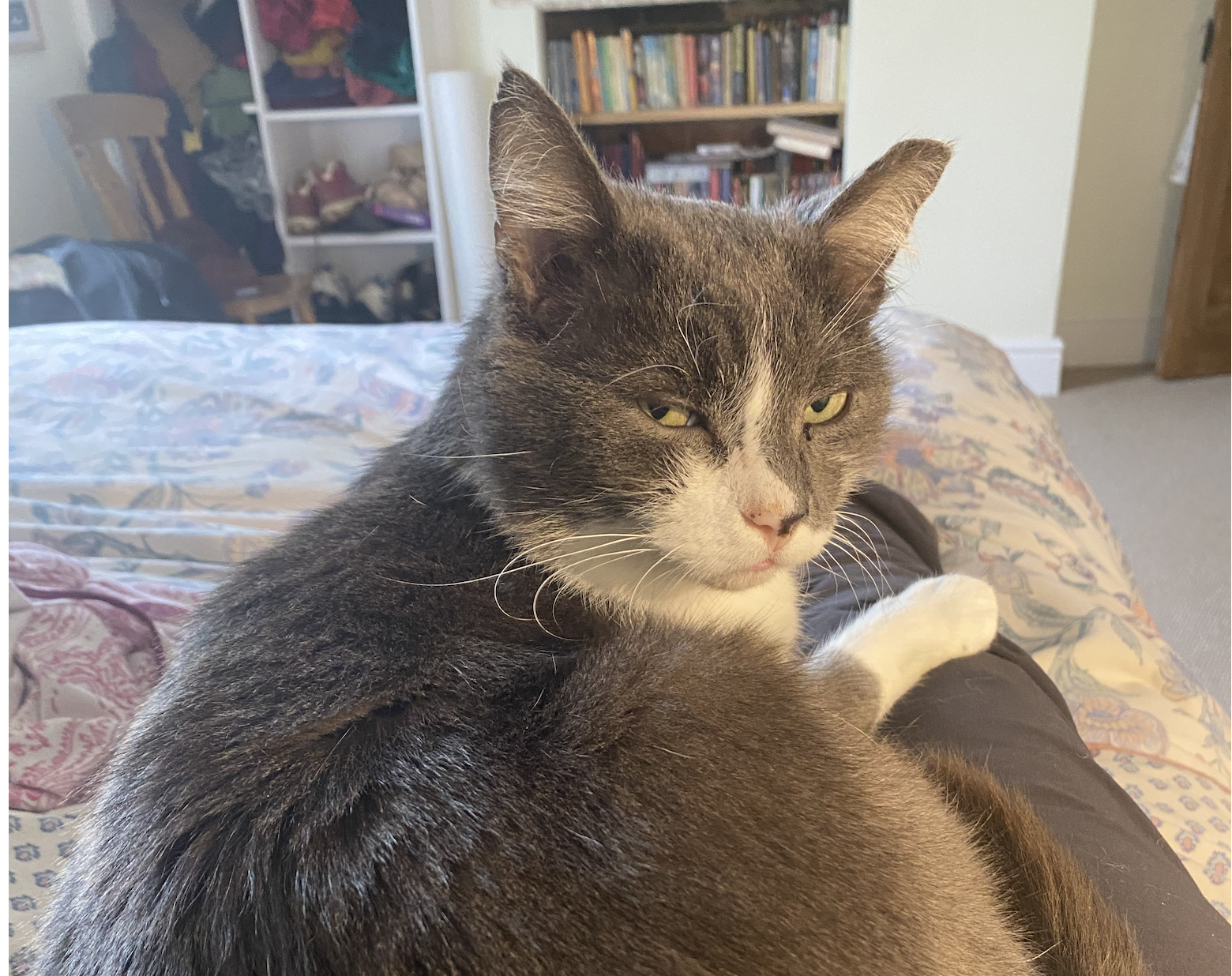What to look for in dog sitters or dog walkers when you have a dog with separation anxiety issues. Written by: Rosee Riggs
Check out the original blog post on her website (shared with permission) here
The first challenge facing carers of dogs with separation-related issues is ‘management’.
This means putting measures in place to ensure our dogs don’t experience further fear episodes and will no longer be practising the behaviours we associate with separation distress, e.g. shaking, pacing, panting, drooling, urinating, destroying things, trying to escape, injuring themselves.
With these behaviours, the dog is trying to seek some relief from fear.
It is not only unethical to leave a dog in distress, but also totally counter-productive to our training efforts. In practice, this means creating a support network of people the dog feels safe with during our absences, until they learn to cope with staying at home alone.
We call this ‘spreading the love’ and one option is to find trusted dog sitters.

This is not the work of a genius scientist unlocking the secrets of the entire universe. These are my instructions for the dog sitter.
Our instructions may be on a blackboard or written on ticker-tape-length lists, but the reasoning behind both is the same. Our dogs are individuals, they have their needs, likes and dislikes, vulnerabilities, routine and special rituals. Intolerances, medication, safety protocols. No wonder we worry about whether they’ll cope without us.
If you google ‘instructions for dog sitter’ you will find hundreds of instruction templates. I kid you not. So it’s not just me; this really is a thing! It is a huge thing to entrust our dog to someone else.
If I could wave a magic wand and find the perfect dog sitter/walker, these are the qualities I’d look for in a good sitter:
(Some fine professionals out there might not tick quite all the boxes, but you can choose which are priorities for you and your individual dog.)
– They should like dogs.
You’d think this was a no-brainer, wouldn’t you, but you’d be surprised! Not one but several of my clients have told me they have interviewed people along the way who don’t really feel comfortable with dogs at all.
One said that when her dog sniffed the prospective dog sitter’s leg, she shrank back. She didn’t really like being touched by dogs. She really would be better suited to another sort of job!!
Some people have unreasonable theories about dogs: the dog is not allowed to do this, that or the other while they’re around.
An absolute no-no are people propagating out-dated dominance theories and claiming they have to be the alpha. This will invariably lead to demonstrations of power which your dog can not understand and may even find threatening.
One woman introduced herself to a client of mine and offered the dogs treats. So far so good – but one dog actively avoided her and didn’t take the treats. Later, this dog sitter admitted she didn’t really like dogs at all. Dogs have good noses, also for authenticity.
A good sitter will be willing and able to accept and like the dog just as they are. They are willing and able to be patient and also 100% reliable. They care about the dog’s needs and do their best to cater for them. They need to understand that dogs with separation related issues can not be left alone.
– They should be able to read canine body language and communication.
It is always important for a dog’s communication to be understood, but particularly so in multi-dog households or if the dog will be meeting other dogs on walks.
– They should have good handling skills.
In addition to good lead skills, they should have an awareness of how dogs use the natural environment to orientate and communicate, and how to facilitate successful communication between dogs.
If a dog has particular challenges on the lead, such being fearful of strange people, reacting to other dogs, reacting to things in the environment such as cars etc, then they should be willing to take dogs for walks singly.
– A qualification in canine First Aid is a huge plus.
It is a great bonus if your sitter can deal with small injuries, like cuts and scrapes when they need disinfecting and bandaging. People trained in first aid are qualified to recognise symptoms which indicate a visit to the vet is crucial. It can be life-saving if they have learnt to dislodge something stuck in a dog’s throat or administer CPR in an emergency.
*Do preempt avoidable tragedies by discussing with your vet about signing paper work to allow them to administer vet care in your absence, if necessary. They may lose valuable time helping your dog in an emergency, if you are at work or on holiday and can’t be reached.
– Professional infrastructure:
Your sitter/walker will have access to your home and your house keys, so a background check is vital. They will have professional insurance and be acquainted with the local laws and by-laws regarding dogs in your area.
– Ideally, they will have a car and a driving licence. This enables them to vary the location for walks, if appropriate, and is important if the dog needs to go to the vet.
‘There is Light at the End of the Tunnel’ is the name of my free ebook. I invite you to download it from here as you’ll find some important information about separation-related disorders to get you started with helping your dog.
If you are an accredited organization, certified force-free professional, or a force-free charity who puts WELFARE FIRST- contact ICAN co-coordinators Taryn and Ruby at ican.coordinators@gmail.com or go to CONTACT US at our website
